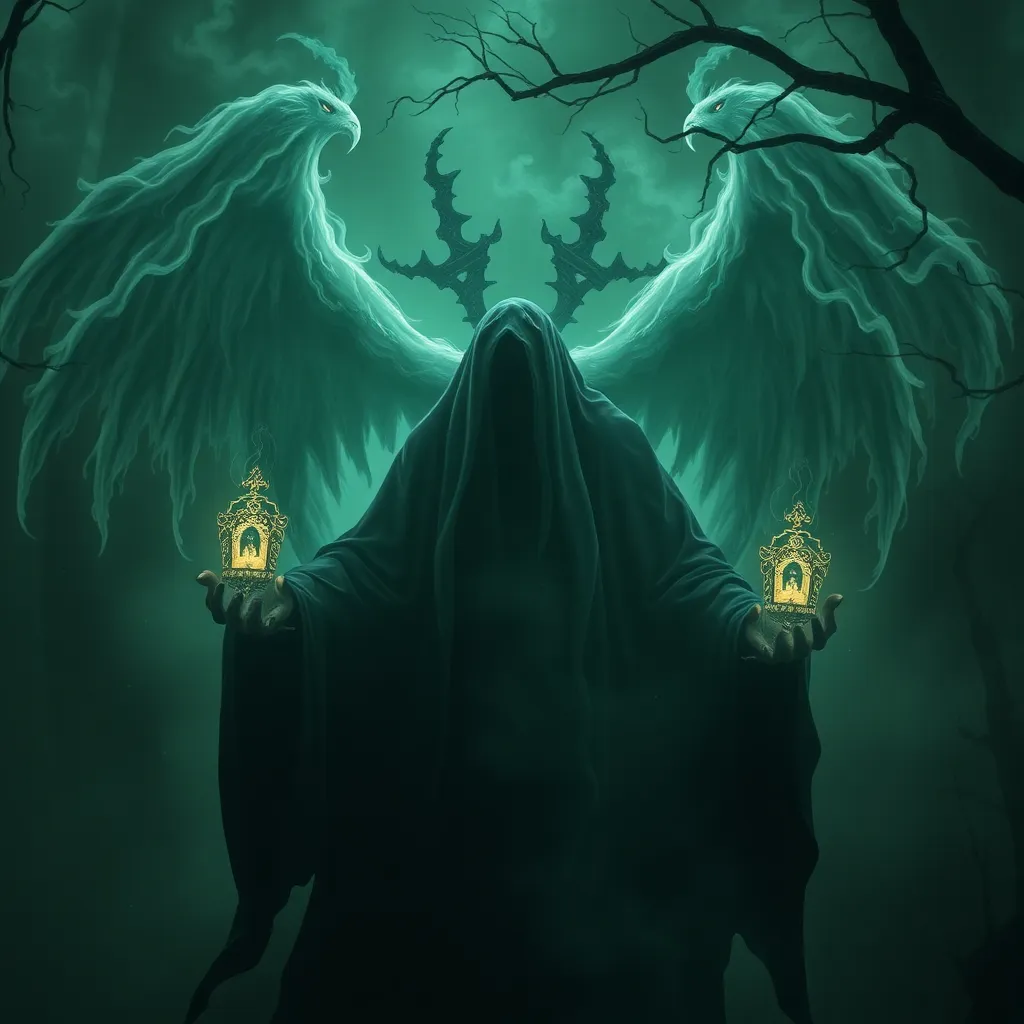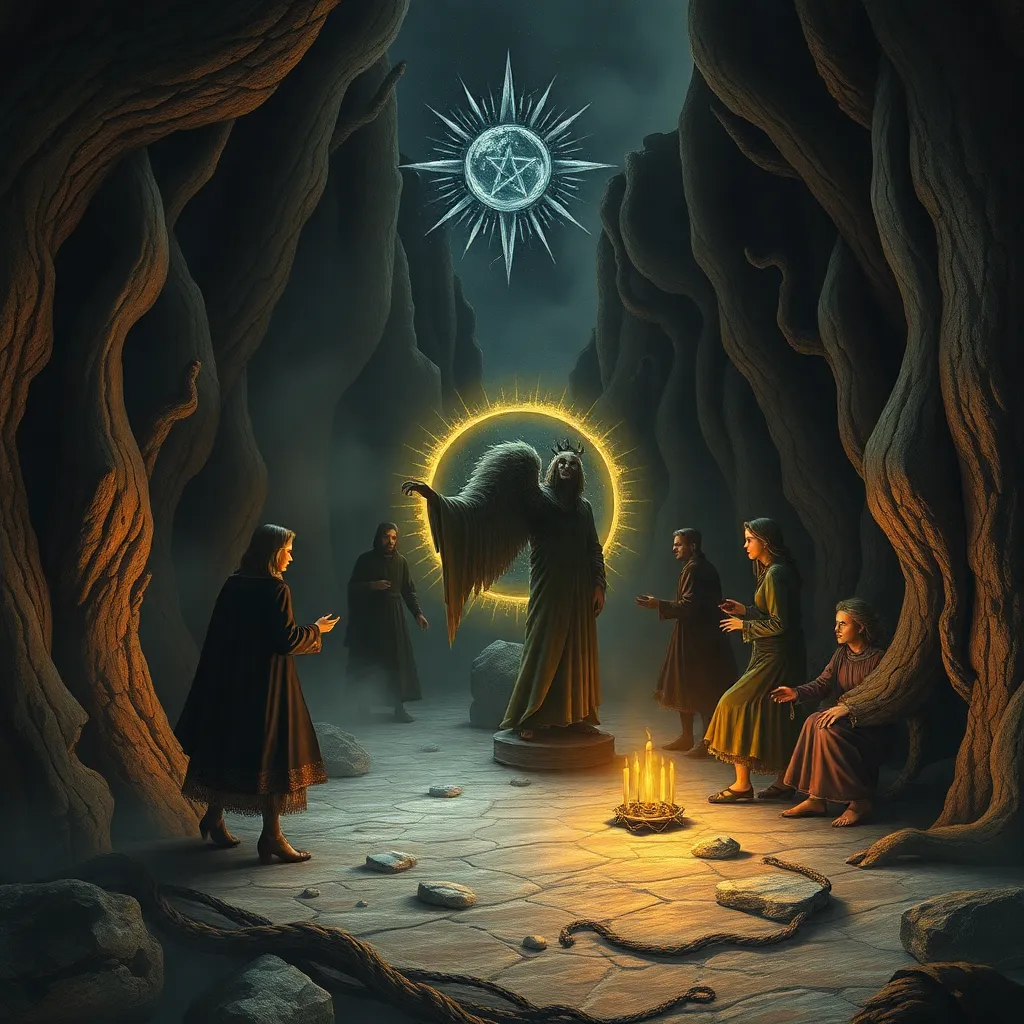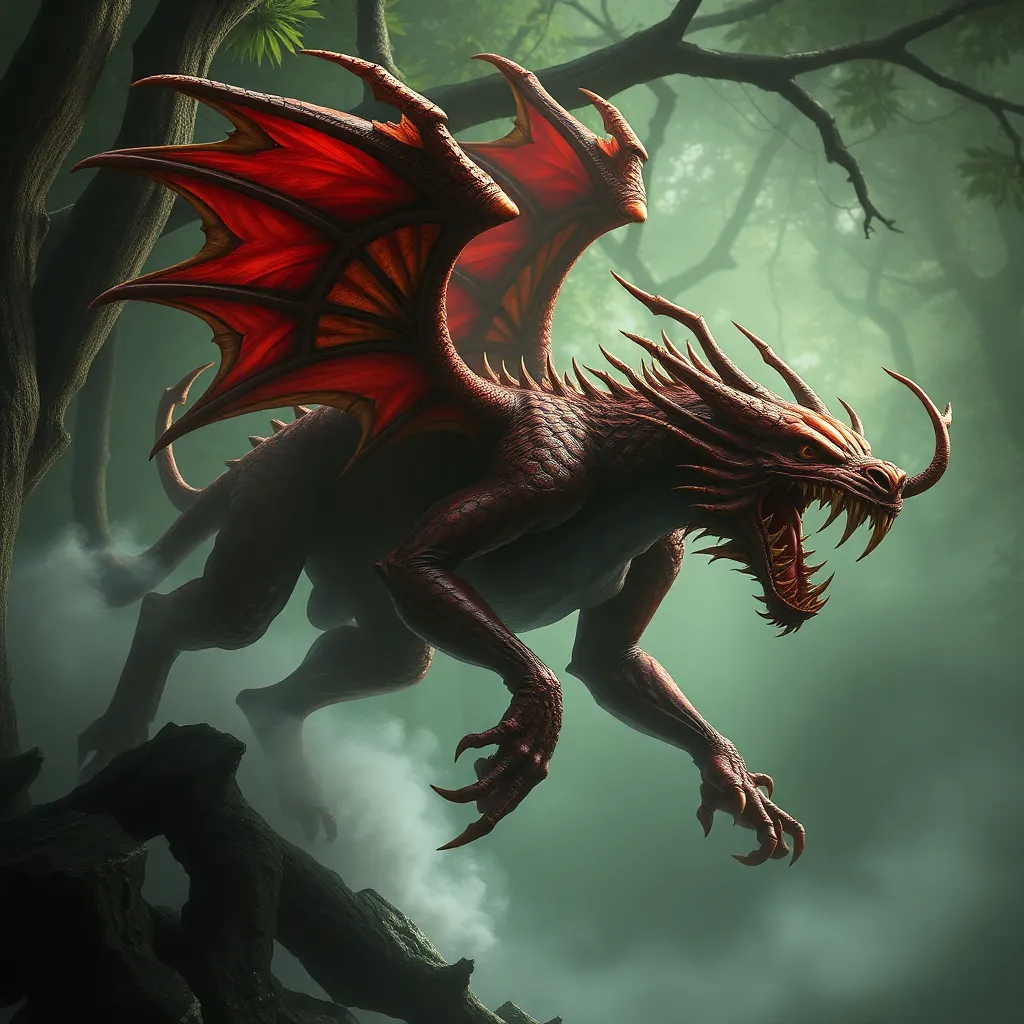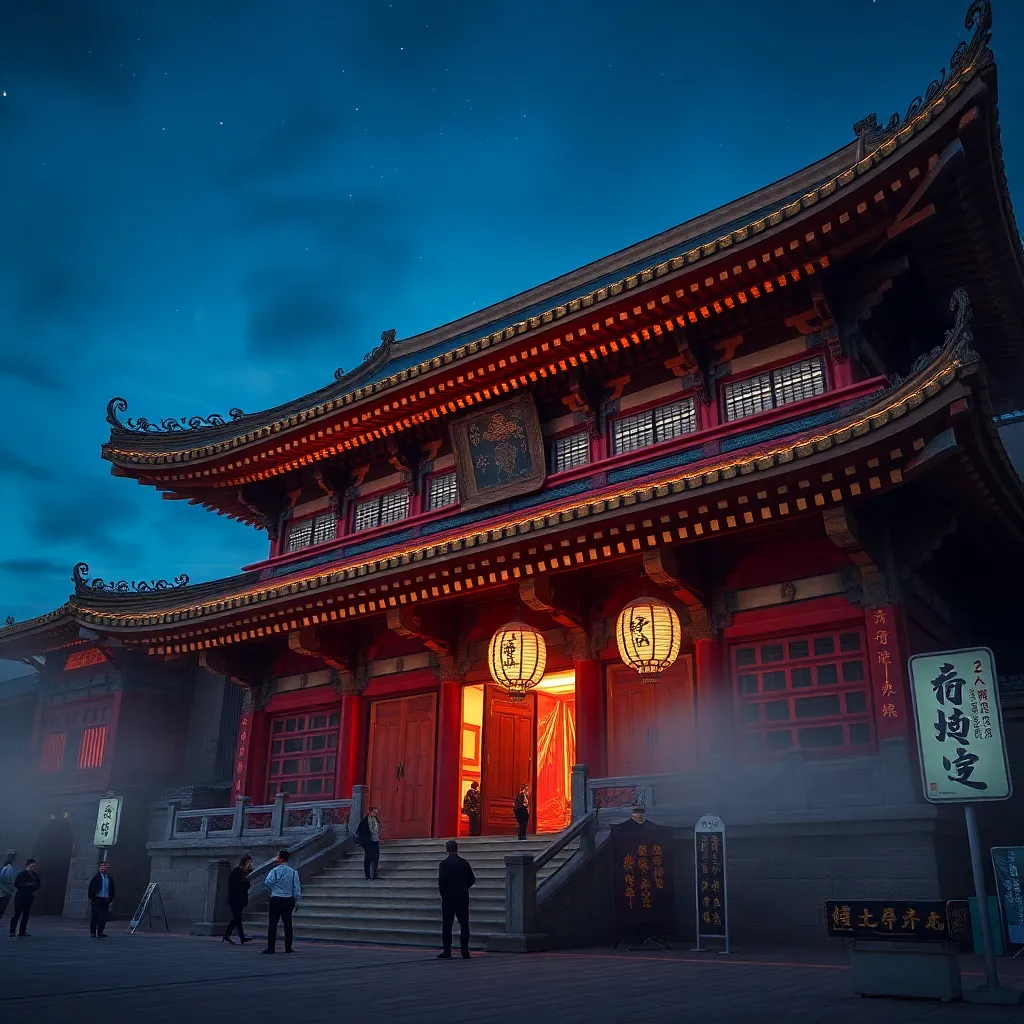Eerie Enchantments: Ghosts and Spirits in Irish Mythology
I. Introduction
Irish mythology is a rich tapestry of stories, beliefs, and traditions that reflect the cultural heritage of Ireland. It serves as a window into the values and worldviews of the Irish people, encompassing everything from heroic tales to supernatural encounters. Among the most captivating aspects of this mythology are the ghosts and spirits that inhabit the folklore, playing significant roles in shaping narratives and moral lessons.
This article aims to explore the key themes and figures of ghosts and spirits in Irish mythology, highlighting their importance and cultural significance.
II. The Concept of the Otherworld
The Otherworld, known as “Tír na nÓg” or “the Land of Eternal Youth,” is a central concept in Irish mythology. It is often depicted as a parallel realm where the dead reside, as well as a place of beauty and eternal life.
- Definition and Characteristics: The Otherworld is characterized by its enchanting landscapes, magical beings, and a sense of timelessness. It is often described as being accessible through specific locations, such as ancient burial mounds or fairy rings.
- Connection Between the Living and the Spirit Realm: In Irish belief, there exists a strong connection between the living and the spirit world. This connection is seen during festivals, particularly Samhain, when the veil between the two realms is thinnest.
- Cultural Significance: The Otherworld reflects the Irish understanding of life, death, and the afterlife, emphasizing the belief in a continued existence beyond the physical realm.
III. Notable Ghosts in Irish Mythology
A. The Banshee: Harbinger of Death
The Banshee is one of the most iconic figures in Irish mythology, often described as a female spirit who heralds the death of a family member.
- Origins and Characteristics: The Banshee is believed to be a manifestation of the spirits of women who died in childbirth or those who suffered great loss. She is typically depicted as a woman with long hair, wearing a grey or white dress.
- Cultural Interpretations and Significance: The wailing of the Banshee is thought to be an omen, a warning that death is imminent. In many families, it is considered a sign of respect to listen to her lament.
B. The Dullahan: The Headless Horseman
The Dullahan is another notable ghostly figure in Irish folklore, often described as a headless rider on a black horse.
- Folklore and Appearances: The Dullahan is said to carry his head under one arm and uses a whip made from a human spine to guide his horse. He appears at night, often near the home of someone who is about to die.
- Symbolism and Meanings: The Dullahan represents the inevitability of death and the transition between life and the afterlife, embodying the fear and fascination with mortality.
IV. Spirits of the Land: The Sidhe
The Sidhe, or “fairy folk,” play a vital role in Irish mythology, often seen as spirits of the land.
- Introduction to the Sidhe: The Sidhe are believed to be ancient gods or the remnants of a pre-Christian nature religion, residing in the hills and mounds of Ireland.
- Relationship Between the Sidhe and Humans: Humans are advised to treat the Sidhe with respect, as they can be benevolent or malevolent. Encounters with the Sidhe often lead to unexpected consequences.
- Stories of Encounters: Many tales recount how mortals have been lured into the Sidhe’s realm, experiencing both wonder and peril.
V. Legends of the Wailing Spirits
Wailing spirits hold significant meaning in Irish folklore, often associated with mourning and loss.
- The Significance of Wailing: Wailing is seen as a form of expression for the grief of the dead, resonating with the living and bridging the gap between worlds.
- Examples of Legends: Numerous stories depict wailing spirits appearing at night, foretelling death or mourning the loss of loved ones.
- Cultural Impacts: These legends reinforce the importance of community and the shared experience of loss, embedding the concept of mourning deeply in Irish culture.
VI. Ghostly Apparitions in Irish Folklore
Ghost sightings and stories are prevalent throughout Ireland, each region housing its own unique tales.
- Common Themes: Many ghost stories share themes of unfinished business, tragic love, or the quest for redemption.
- Famous Ghost Stories: From the haunted castles of Dublin to the ghostly apparitions of rural Ireland, famous tales like the “Ghost of Kilmainham Gaol” illustrate the country’s haunted history.
- Impact on Culture: These ghostly narratives contribute to a rich cultural identity, intertwining history with folklore.
VII. Modern Interpretations and Adaptations
Irish ghost stories continue to influence contemporary media and cultural expressions.
- Influence on Media: Films, literature, and television shows draw inspiration from traditional ghost stories, often reinterpreting them for modern audiences.
- Preservation of Folklore: Festivals and storytelling events celebrate these tales, ensuring that the lore of ghosts and spirits remains alive in Irish culture.
- Resurgence of Interest: A growing global interest in mythology has prompted a renewed appreciation for Irish folklore and its supernatural elements.
VIII. Conclusion
Ghosts and spirits are integral to Irish mythology, embodying themes of death, loss, and the connection between realms. The stories of the Banshee, Dullahan, Sidhe, and wailing spirits reveal the depth of Irish cultural beliefs and the significance of the Otherworld.
The enduring legacy of these supernatural figures invites further exploration and appreciation of Irish folklore, encouraging us to delve into the mystical narratives that continue to captivate and inspire.



